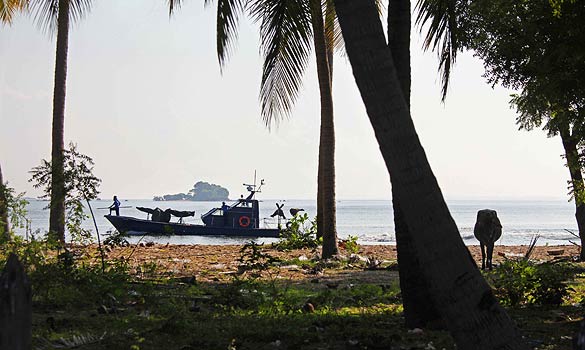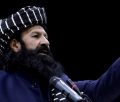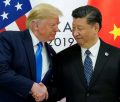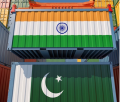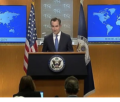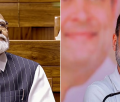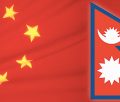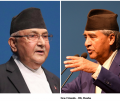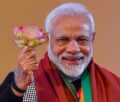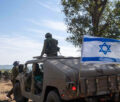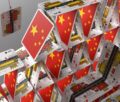Mindsets The Obstacle To Peace In Sri Lanka

-By Malladi Rama Rao
One aspect of Sri Lanka – India relations puzzles the layman and expert alike. It relates to firing on Indian fishermen by Sri Lanka Navy in Palk Bay. Firing incidents take place at regular intervals, mostly at early morning hours, and the ‘intruding’ fishermen are nabbed and jailed, and their vessels, which are mostly small wooden boats with no navigation instruments on board, are seized.
Every time the Navy opens fire on Indian fishermen, Chennai goes into hyper-tension. Delhi goes into overdrive. Indian Prime Minister telephones the Sri Lanka President and the two foreign offices go into animated discussions. By sunset, tempers cool and Colombo assures Delhi that its fishermen would be sent back after due process of law and without any harm.
This ‘protest- promise’ cycle seems to be endless. Understandably, for the Indian government, safety of Indian fishermen is national concern. It cannot afford to let its fishermen be subjected to either harassment or bullets even by ‘friendly’ Sri Lanka. But this is what is happening.
More than 600 Indian fishermen have been killed in the last 30 years. Yet, both countries are no where near a solution to the fishing problem. Either the Indian side is rank incompetent or the Lanka side is able to hoodwink the regional bully.
There is no reason to believe that New Delhi lacks the guts to make Colombo to fall in-line. Remember it was Indira’s India that helped the emergence of Tigers as an armed guerrilla force. So, the inescapable conclusion is that Colombo sees the naval attacks on Indian fishermen as natural justice.
Such attacks have the potential of needling a sleeping whale. And reflect a mindset that refuses to factor in the harsh truth that President Mahinda Rajapaksa became the War Hero with the tacit support of India. Yes, India did not reward him with all the military hardware he wanted. But it did not stop him from turning to China. Also it helped with vital inputs.
The President and his war time advisors may not like to acknowledge the Indian hand. It makes no difference to the reality that the very patron of LTTE contributed to the elimination of the scourge. Bhasmasuras have short shelf life, always. Whatever be its faults, India has been steadfast in its opposition to Tigers’ dream of Tamil Eelam.
Successive Indian Prime Ministers have been unwavering in their view that ethnic Tamils of Sri Lanka should find a solution to their problems within the framework of United Sri Lanka. If they are opposed to division of the island nation, why did they prop up the likes of Velupillai Prabhakaran?
There is no need to go into history. Suffice to say, the southern mindset that Sri Lanka is a Sinhala –Buddhist country led to discrimination against the Tamils and made them look to Indian shores for help in securing some form of accommodation within a united state.
LTTE is history. But the mindset that has been the foremost obstacle to the majority and minority community living in harmony is not. It continues to assert and re-assert. How to change that mindset? Though the war has been won, the positions taken by the two sides are in conflict with each other.
The Sinhalese have always been a politically zealous people, who are prepared to cover the extra mile to protect what they perceive as their interests. The Tamils, on the other hand, are always under a sense of insecurity. There is no change in the situation – the mindsets are at variance, conflicting and clashing.
There is no gain in saying the fact that the task of changing the mindsets is a monumental one. But it must be accomplished without much ado. The delay, rather inability of the country’s leadership to go beyond lip-service on the 13th amendment plus, and the deplorable conditions of the ‘resettled’ Tamils in the former LTTE-controlled Vanni even three years after Eelam War ended, are Distant Cautionary Signal No I (DC -I) and Distant Warning Signal II (DW-II). As any one who lives on the coast knows, these signals are alerts to the ships of the lurking danger from a depression or deep depression in the sea as they leave or come to the harbour.
Whatever be the ifs and buts, the Sinhalese and the Tamils will continue to live on the island. They have a mutuality of interest in peace and harmony at the people-to-people level. Both have suffered the ravages of Wanni War – one indirectly and the other directly. The point is that the war has left deep scars on every family, literally.
It is in everybody’s interest, therefore, to see that the country will have no occasion to hoist Local Cautionary Signal No III or IV. Both these signals indicate that the port itself and the ships in it are in danger from the approaching high velocity cyclone.
What games Colombo plays with Delhi may be of concern at the policy level. How President Mahinda Rajapaksa handles visiting Indian VVIPs, or what polemical turmoil he lands in owing to the excessive zeal of some one in his or the visitors’ entourage is not of material interest at the common man level. India may be advancing to Sri Lanka about one –sixth of the money it has set apart for overseas development aid. Even then. Yes, the unresolved issues from the past will haunt India and Sri Lanka.
The man in the street in Jaffna or Colombo has no time for anything that doesn’t impinge his day-to-day life. He or she has no time for pious platitudes on the 13th Amendment and power devolution. His quest is for life with dignity where there is no discrimination, and where he can hold his head high.
And concern for him is President’s salute to militarism, the white vans that keep fear alive in post-war Sri Lanka, and the vandals who are having a free run in places like Batticaloa where the statues of Mahatma Gandhi, Tamil scholar Swami Vipulananda, poet Periyathampi Pillai and Scouts Movement founder Baden Powell were damaged in recent weeks.
-
Book Shelf
-
 Book Review
DESTINY OF A DYSFUNCTIONAL NUCLEAR STATE
Book Review
DESTINY OF A DYSFUNCTIONAL NUCLEAR STATE
- Book ReviewChina FO Presser Where is the fountainhead of jihad?
- Book ReviewNews Pak Syndrome bedevils Indo-Bangla ties
- Book Review Understanding Vedic Equality….: Book Review
- Book Review Buddhism Made Easy: Book Review
- Book ReviewNews Elegant Summary Of Krishnamurti’s teachings
- Book Review Review: Perspectives: The Timeless Way of Wisdom
- Book ReviewNews Rituals too a world of Rhythm
- Book Review Marx After Marxism
- Book Review John Updike’s Terrorist – a review
-
-
Recent Top Post
- NewsTop Story Record Pentagon spending bill and America’s hidden nuclear rearmament
-
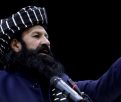 NewsTop Story
Taliban Suffers Devastating Blow With Killing Of Minister
NewsTop Story
Taliban Suffers Devastating Blow With Killing Of Minister
-
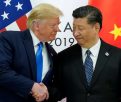 China NewsCommentaries
Reality Shadow over Sino-American ties
China NewsCommentaries
Reality Shadow over Sino-American ties
-
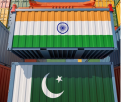 CommentariesNews
Ides of trade between India and Pakistan
CommentariesNews
Ides of trade between India and Pakistan
-
 CommentariesTop Story
Palestinians at the cross- roads
CommentariesTop Story
Palestinians at the cross- roads
-
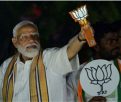 CommentariesTop Story
While Modi professes concern for the jobless, “his government’s budget escalates class war”
CommentariesTop Story
While Modi professes concern for the jobless, “his government’s budget escalates class war”
-
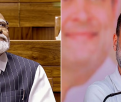 CommentariesNews
Politics of Mayhem: Narrative Slipping from Modi ….?
CommentariesNews
Politics of Mayhem: Narrative Slipping from Modi ….?
-
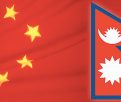 Commentaries
Impasse over BRI Projects in Nepal
Commentaries
Impasse over BRI Projects in Nepal
-
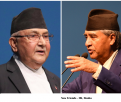 CommentariesNews
Yet another Musical Chairs in Kathmandu
CommentariesNews
Yet another Musical Chairs in Kathmandu
-
 CommentariesTop Story
Spurt in Anti-India Activities in Canada
CommentariesTop Story
Spurt in Anti-India Activities in Canada
AdSense code


